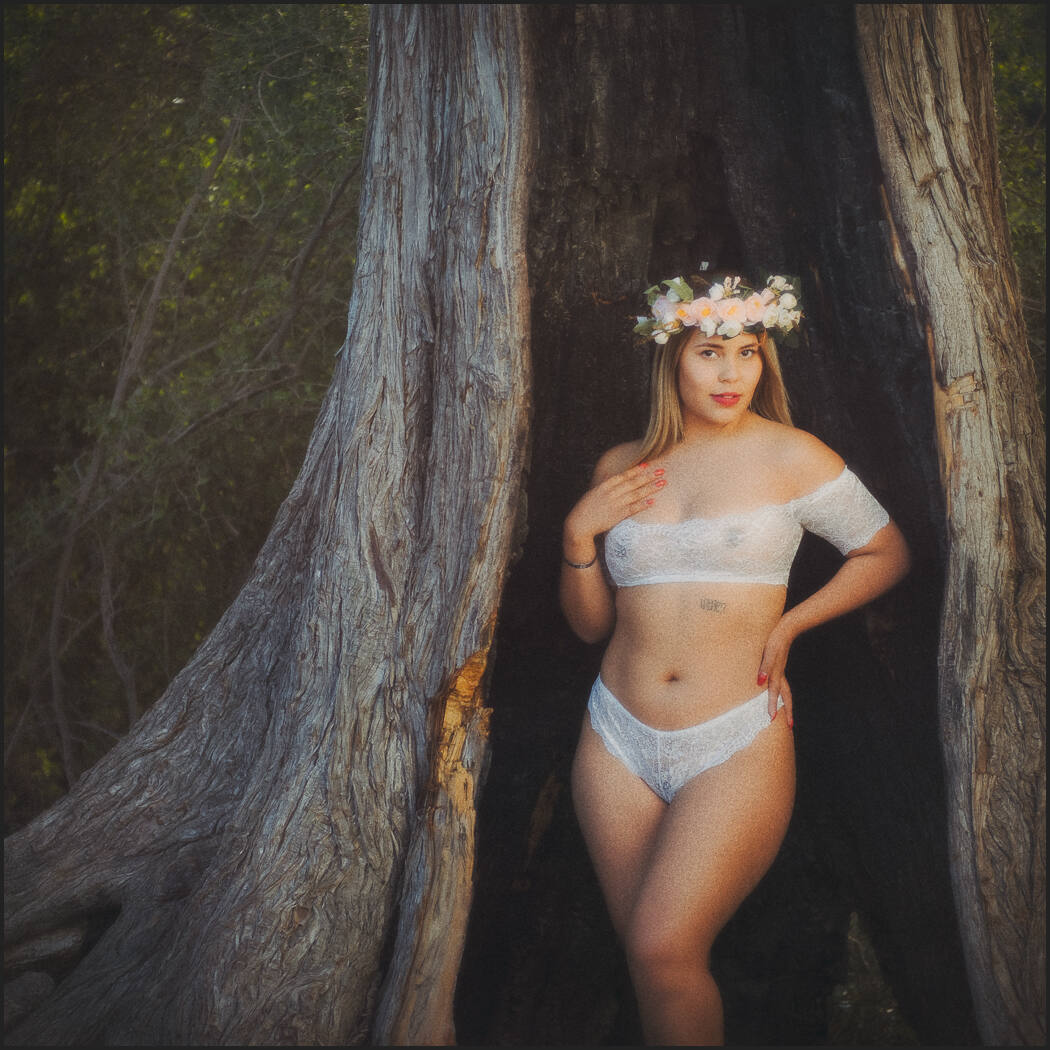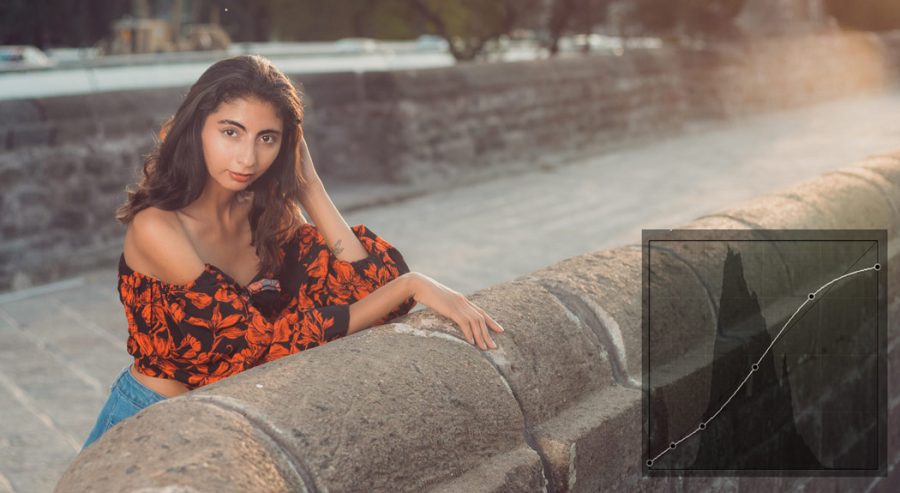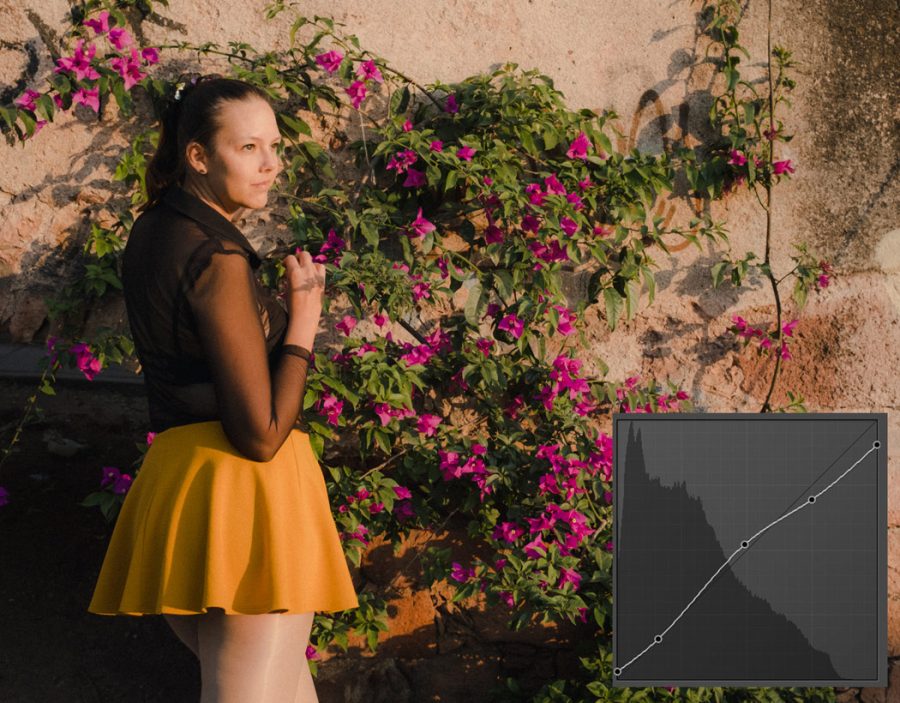The glow is something that happens when you nail a photo. Your lights are set just right and everything is magical. It’s what you look for in every photo and I had in in this week’s session.
You can learn to find the glow in every photo session.
In post, I mostly used Filmist 2, Elegance 4 to balance glowing skies and Pictorialist actions to add dramatic finishes.
But it comes from within your camera.
Yes, the tools I’m editing with help bring out that softness and you can even create a glow-like look as we often do in pictorialist-style edits. I’ve been showing a lot of these lately. But The Glow is not limited to Pictorialism.
But as I mentioned in the video. Your edit is only a measure better than your starting photo. Listen to the tips especially at the end of the video because you will train yourself to see the Glow just like you train yourself to see shadow as we talk about in my Shadow Hackers live workshop.
The Glow is not just for portraits. It’s about how light meets shadow in perfect form. Here we see a great example of the glow in this sunrise landscape in Tamasopo Mexico.


The shadow you get is just fine.
People often think they need to light the face or landscape subject and the brightest part of a photo. In truth you just need to draw attention two and having your subject in shadow can be powerful.
With the glow use Shadow hacking and don’t get stuck in the rut of always lighting the same. The glow comes in various ways and all can have that magical shimmer. Front, back, and rim light enhanced of created by strobes.

The first rule of the Glow is… Location
Now that you know how to look for the glow. The main thing is don’t wait. If it’s the streets, a landscape, a portrait. Whatever you are shooting when you see it take the shot. The glow is a fleeting atmospheric moment in your photos. It creates a feeling and gives you amazing results nearly every time.
Location will matter. Even moving a few inches to the left to make the lens flare just right. The time window is usually short unless you are using strobes to create a glow with your lights. Youb can also mix the two, but you have to be prepared.
Go put what I showed in this week’s video to work. See shadow, see light, and combine the two for THE GLOW! It will take you to the next level with Ai fakery.
Gavin Seim












